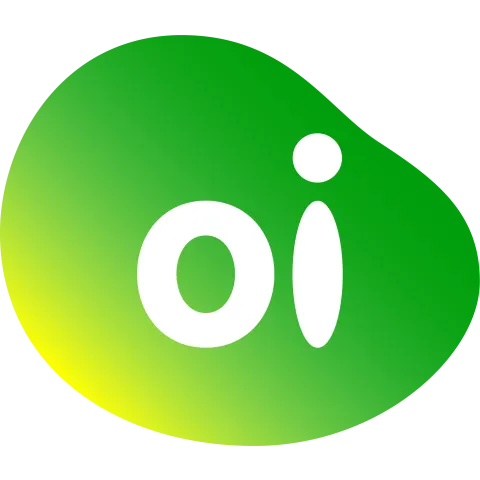Oi, previously known as Telemar, is the largest fixed telephone operator and the fourth largest mobile telephone operator in Brazil. The firm was established as Tele Norte Leste in 1998 during the privatisation of the Brazilian telecommunications system, merging sixteen state-owned incumbent local exchange carriers. The states that formed the base of Telemar were predominantly in the northern, northeastern and southeastern parts of the country, covering 65% of the Brazilian territory and 20 million households. The company was sold to a consortium led by the Brazilian construction firm Andrade Gutierrez and Inepar Holdings, along with other Brazilian corporate and individual investors. Telemar rebranded itself to "Oi" in 2007, unifying all of its companies and services under the Oi umbrella. The company is still legally known as "Telemar Norte Leste S.A.", "Tele Norte Leste Participações S.A." and "Telemar Participações S.A.". In 2010, Portugal Telecom acquired 22.4% of Oi shares. In 2013, Oi announced its merger with Portugal Telecom to strengthen the Brazilian firm and simplify its ownership structure. The company is listed on the Sao Paolo Stock Exchange as OIBR3.SA.

3G Network
Oi launched its mobile services in 2002 using standard 2G GSM 1800 MHz, and launched B1 (2100 MHz) 3G services in 2008 after securing 2100 MHz spectrum in a 2007 government auction.
3G Frequency Bands
| Network Frequency Band | Status |
|---|---|
|
Active
|
3G Network Events
| Date | Event | Subtype |
|---|---|---|
|
|
Launch of 3G Network
|
Launch
|
4G Network
The company secured 2600 MHz spectrum in a 2012 government auction to go on to deploy B7 (2600 MHz) services across the country over the next four years. Oi is currently in the process of rolling out its B31 (450 MHz) rural LTE network.
In April 2018 the company announced plans to implement LTE-A 2C aggregation of its B3+B7 networks with completion by July 2018. Oi announced in March 2019 that it had embarked on an extensive 4.5G rollout plan including addition of B1 (2100 MHz) to increase peak data rates using 3C aggregation.
4G Frequency Bands
| Network Frequency Band | Max. Channel Bandwidth | Status |
|---|---|---|
|
10
|
Active
|
|
|
10
|
Active
|
|
|
10
|
Active
|
|
|
5
|
Trialling
|
4G Network Events
| Date | Event | Subtype |
|---|---|---|
|
|
Launch of 4G Network
|
Launch
|
5G Network
In a March 2019 press release, the company disclosed details on 5G testing performed in partnership with Huawei, which carried out a holographic call using a 100 MHz channel in the n78 (3500 MHz) band. Further trials conducted in July 2019 achieved 1029 Mbps in a 5G demonstration using Huawei equipment.
5G Frequency Bands
5G Network Events
| Date | Event | Subtype |
|---|